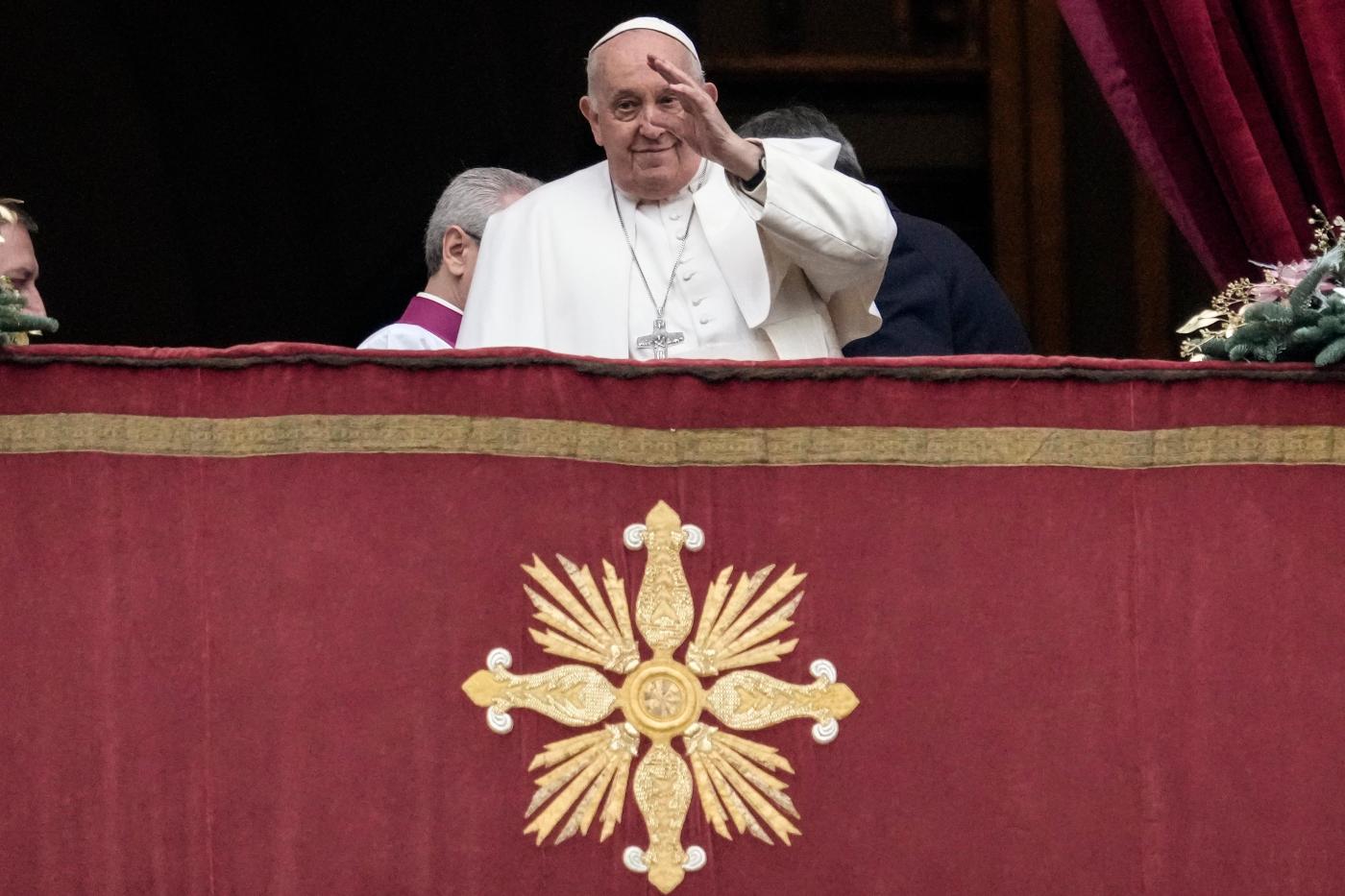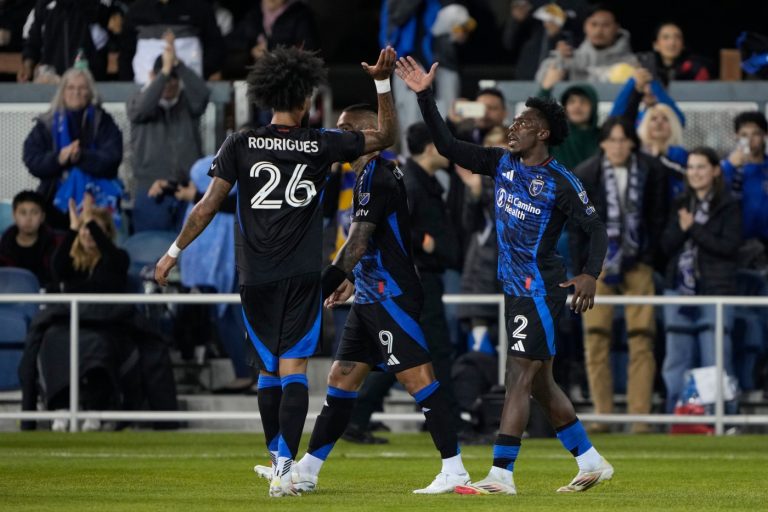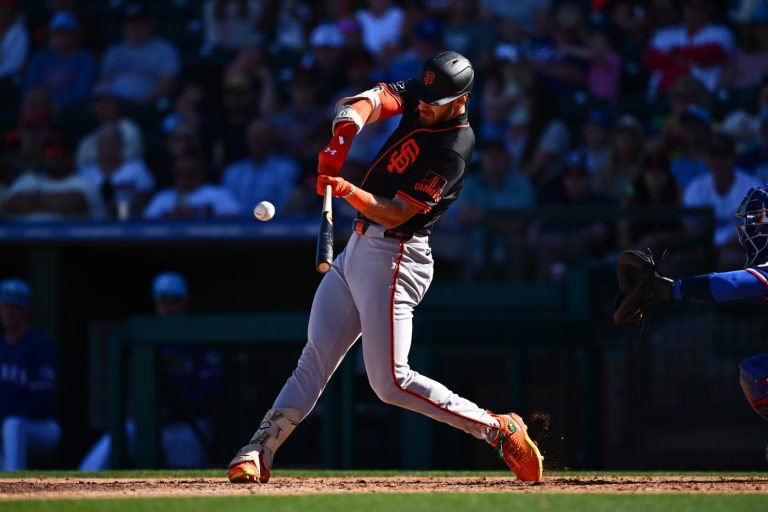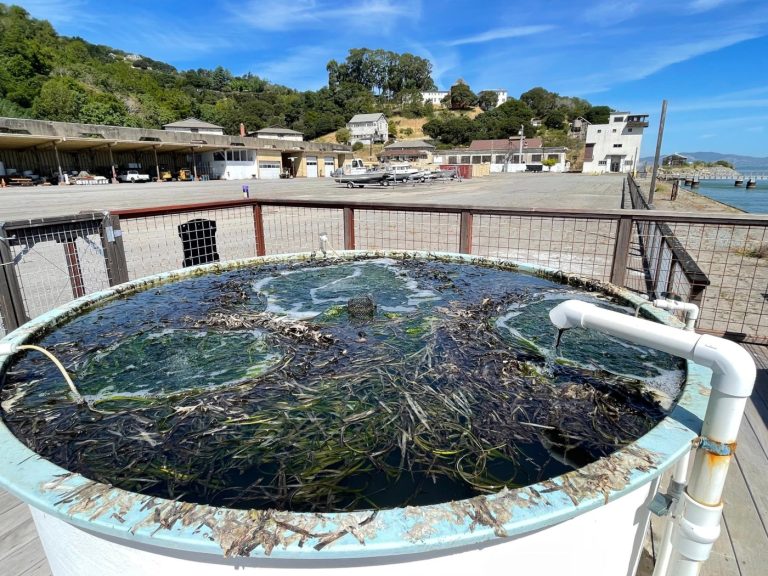Before Pope Francis was elected, conservative Catholics had fallen into a habit of dismissing the more liberal form of Catholicism as an old and faded thing, a vision of the future that belonged to the church’s past, a relic of the 1970s that had little purchase among younger Catholics seriously practicing their faith.
The last 10 years have been hard on this kind of confidence. A college of supposedly conservative cardinals elected a surprisingly liberal pope. Moral and theological debates supposedly settled by Pope John Paul II were conspicuously reopened. The Latin Mass, rehabilitated under Pope Benedict XVI, was partially suppressed. Progressive theologians found themselves back in favor; formerly conservative bishops suddenly evolved. It seemed as though liberal Catholicism had been merely hibernating, awaiting a new pope, a new spring.
But lately, in both Rome and the United States, I’ve had conversations with well-informed Catholics in which the old conservative confidence has made a comeback. The idea of the Francis era as a “last gasp” for the Catholicism of the boomer era has figured prominently. The assumption that progressive Catholicism has no real long-term viability has returned. The fear that the next pope might be another liberalizer, younger and more ambitious than Francis, has largely receded.
This new confidence reflects a specific reading of the waning years (or what are probably the waning years) of the Francis pontificate. First, there’s a sense that the current pope’s liberalizing program has reached its limits: The Vatican’s halfway-opening to blessings for same-sex couples was essentially rejected by many of the church’s bishops, and the subsequent papal document reiterating church teaching on gender identity felt like an acknowledgment that the space for innovation had (for now) run out.
Second, there’s a view that Francis’ capricious governing style has alienated even many churchmen who are not especially conservative and created little appetite for a sequel or “Francis II” successor. This is the theme of a sweeping assessment by Damian Thompson, an English Catholic journalist, in the online magazine UnHerd, which argues that while Francis’ maladministration and continuing scandals (including the protection of favored clerics accused of sexual abuse) have often been ignored by the secular press, they have made a strongly negative impression on the cardinals who will elect his successor.
Finally there’s the belief that there has been no “Francis effect” in the pews or wider culture that would justify continuing his project — no big return of lapsed or disaffected Catholics, no revitalization of Catholic institutions, no wave of Francis-inspired vocations to the priesthood and religious life. Instead, under his liberalizing leadership, the church’s decline in the developed world has arguably accelerated — making it easy for conservative forms of Catholic faith to regard themselves once again as the only bulwark against secularization, and thus the only Catholic future.
A step back in time
Interestingly, a similar analysis showed up last week in The Associated Press, in the form of a feature on how American Catholicism is likely to turn more traditionalist as the baby boomers pass away. “‘A step back in time’: America’s Catholic Church sees an immense shift toward the old ways” ran the headline, over a story that focused, in part, on intergenerational tensions: younger Catholics trying to restore incense and Gregorian chant; older progressive Catholics feeling alienated from the traditionalism of their younger pastors; a liberal priest remarking, of the conservatives, “they’re just waiting for us to die.”
The AP story, perhaps inevitably, collapsed certain crucial distinctions, portraying conservative Catholicism as a monolith when in fact there are significant differences between a typical John Paul II Catholic, conservative but comfortable in the post-Vatican II dispensation, and traditionalists trying to restore the church’s ancient Latin liturgy. (The latter group is more zealous and countercultural; the former group is vastly larger.)
But the general trend the story describes is real enough, and the Francis era has not changed the dynamics it depicts. The age of “priests driven by liberal politics and progressive theology, so common in the 1960s and ’70s,” is indeed seemingly on its way out; the rising generation of American priests are often politically moderate, but their theology is orthodox and their liturgical impulses are conservative. The most modernized forms of American Catholicism, whether self-consciously liberal or just suburban and assimilated, are not usually where you see the most energy and growth. Full pre-Vatican II traditionalism is likely to remain an eccentric and somewhat elite phenomenon, but what I’ve termed the “neo-traditional” big tent will probably become steadily more influential, even dominant, as the church adapts to its own relative diminishment.
Tensions will persist
This does not mean, however, that the tensions between liberal and conservative factions are destined to just disappear, subsumed in some sweeping conservative victory. Nor does it mean that those conservatives who expect a rightward turn in Rome after Pope Francis passes to his reward should expect that the age of liberal Catholicism will simply pass with him.
Related Articles
Hospital chaplains finding ways to help the ‘nones’ — patients who identify as religiously unaffiliated
Two California colleges face civil rights complaints over alleged antisemitic bullying
San Jose’s Grace Baptist Church on path to landmark status
Modi escalates rhetoric against Muslims as India continues to vote
United Methodists drop ban on clergy celebrating same-sex marriages
Instead, just as the current pope has often seemed exasperated by the persistence of traditionalist tendencies — How can this thing still be sticking around? has basically been his attitude to the Latin Mass — so a neo-traditional Catholicism will probably find itself persistently “stuck with” more progressive or liberal forms of Catholic faith.
Crucially, the more successful and influential any neo-traditionalism, the more Catholics who will find themselves in these kind of cross-pressured conditions. A conservative Catholicism that retreated into an Amish-like separation might see its liberal wing extinguished, but only because it would have become too marginal to really matter. Actual conservative vibrancy, actual cultural influence, makes liberalizing impulses inevitable, by creating strong incentives to remain with the institution even if you take a posture of critique.
Perhaps not always and forever: At some point, a more decisive event than a mere change of popes will make the specific divisions of this epoch finally melt away.
But pending that kind of alteration, the entanglements between American Catholicism and American culture writ large all but guarantee that conservative and liberal forms of Catholic faith will persist together — undoubtedly in tension and conflict, but ideally in charity as well.
Ross Douthat is a New York Times columnist.












